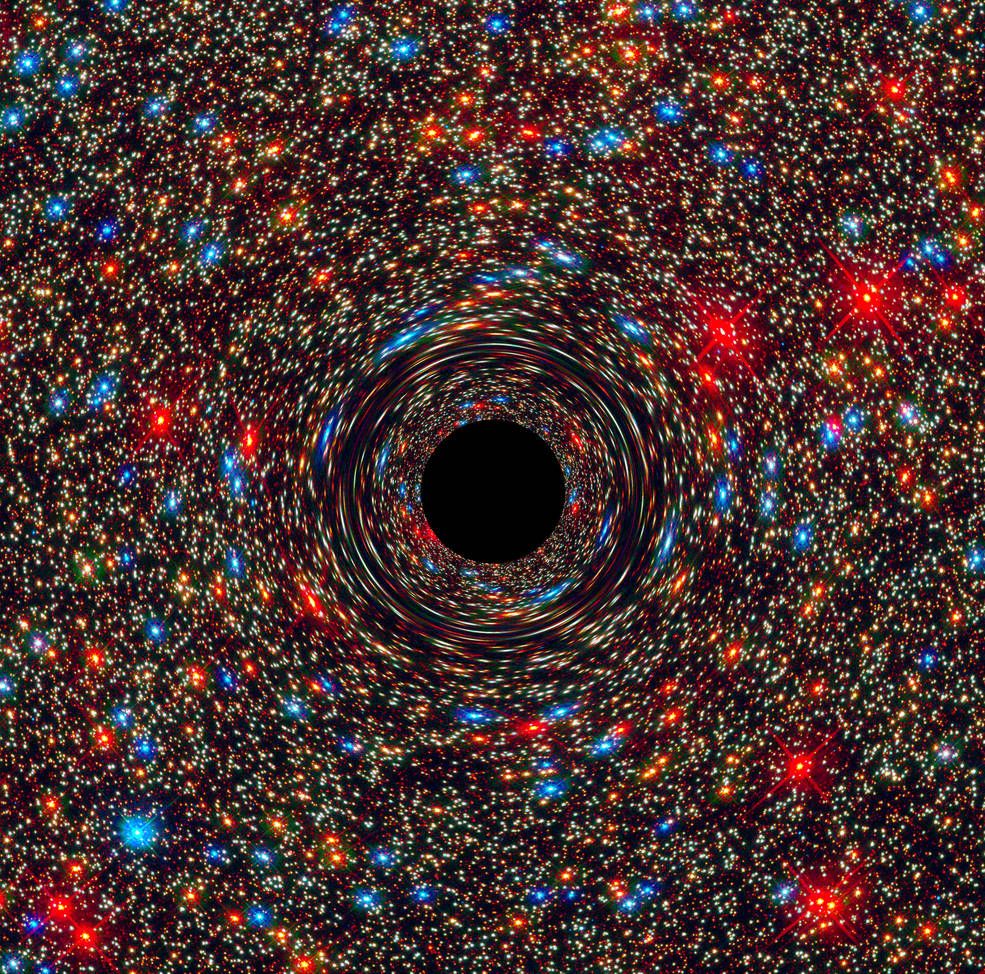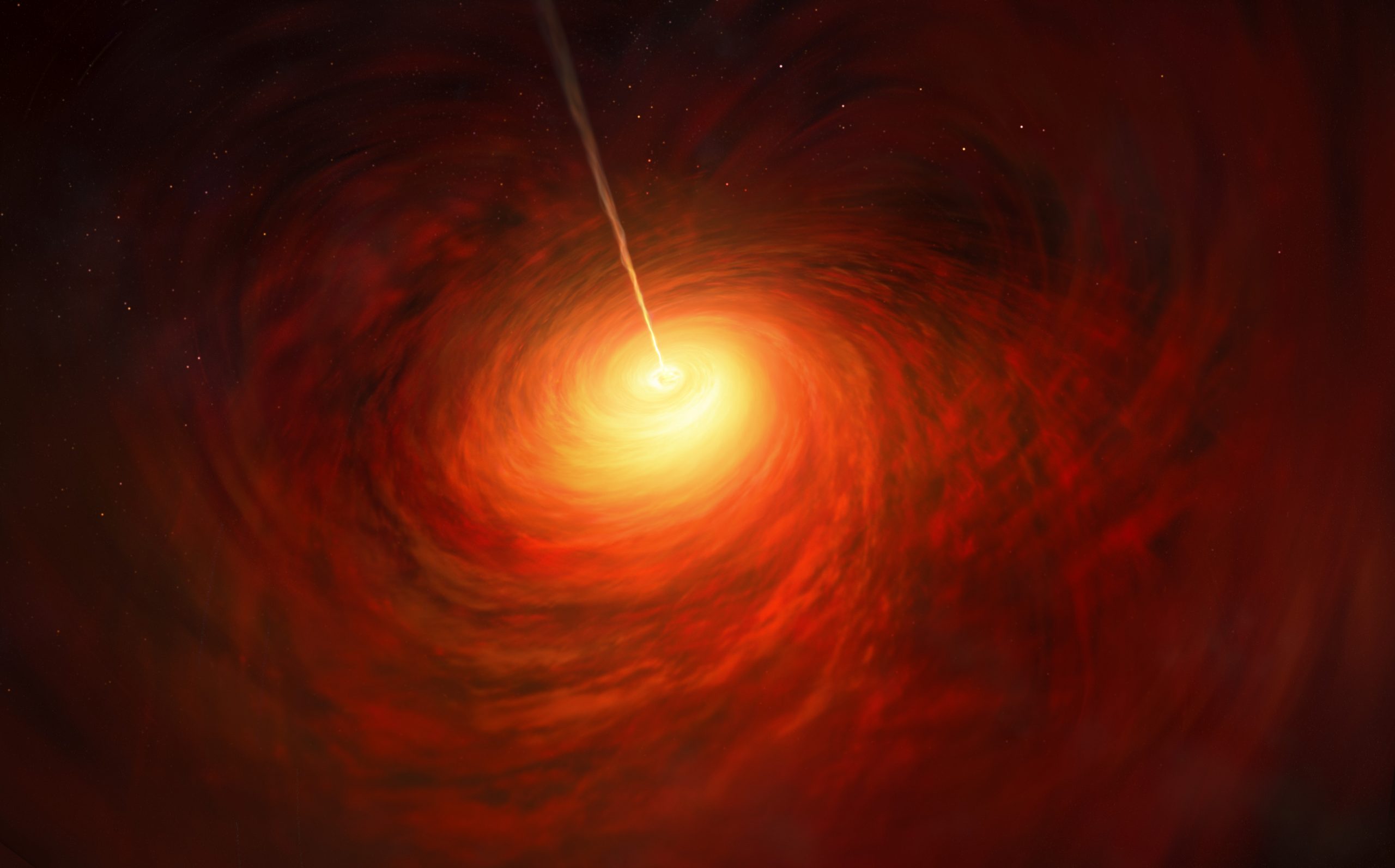

According to general relativity, a black hole’s mass warps spacetime, creating a gravitational well that pulls nearby objects towards it. General Relativity and the Event HorizonĪlbert Einstein’s theory of general relativity, which describes the interaction of mass and spacetime, played a crucial role in the understanding of black holes and event horizons.

Supermassive black holes, with masses ranging from millions to billions of solar masses, reside at the centers of galaxies, including our own Milky Way. Intermediate-mass black holes, with masses ranging from a hundred to a hundred thousand solar masses, are a subject of ongoing research and their formation process remains unclear. Stellar-mass black holes, which are up to 20 times the mass of the Sun, form from the collapse of massive stars. Black Holes and Their Typesīlack holes are classified into three main types based on their mass: stellar-mass black holes, intermediate-mass black holes, and supermassive black holes. The event horizon forms at the distance equal to the Schwarzschild radius from the black hole’s center.

The Schwarzschild radius (R S) is calculated as R S = 2GM/c 2, where G is the gravitational constant, M is the mass of the black hole, and c is the speed of light. The concept of the event horizon is closely tied to the Schwarzschild radius, named after the German physicist Karl Schwarzschild, who first derived the metric for a non-rotating, spherically symmetric black hole in 1916. The Schwarzschild Radius and Event Horizon Formation The event horizon is not a physical barrier but a region in spacetime defined by the black hole’s gravitational pull, which becomes so strong that not even light can escape its clutches. Once an object crosses the event horizon, it is inexorably drawn towards the singularity at the black hole’s center, where it is ultimately crushed and assimilated. Defining the Event HorizonĪn event horizon is a theoretical boundary surrounding a black hole that marks the point of no return for any object approaching it. In this article, we will delve into the nature of the event horizon, its implications, and the questions it raises about the fabric of space and time. Central to the concept of a black hole is the event horizon, a boundary beyond which nothing, not even light, can escape the gravitational pull of the celestial body. The mysteries of our universe have always captivated humanity, and black holes are among the most fascinating phenomena we have encountered. The Enigmatic Event Horizon: A Journey to the Edge of a Black Hole O humankind these are actually knots your Lord has put there in the fabric of space and cosmos which keep it tight and balance against the expansion of the universe.Explore the event horizon, a mysterious boundary around black holes, and unravel its implications on space, time, and the laws of physics. So actually all stars and galaxies are rotating around giant black holes. Such black holes are like hubs around which many galaxies including our milky way rotates. The black hole in our galactic center is thought to have a mass of 4 millions suns and diameter of 17 million Km. It is extremely small, so it has actually an infinite density. With such a strong gravity, the matter squeezed to just a point. Once any stuff is inside it, that stuff will fall to the center. It is not a physical surface, but a sphere enveloping the black hole that marks where the escape velocity is equal to the speed of light. The event horizon is the “point of no return” encompassing the black hole. There are two fundamental parts to a black hole: the singularity and the event horizon. Similarly, If you could squeeze the Earth down to the size of a marble tile, it would collapse on itself and become a black hole.

For becoming a black hole the mass of our sun would need to be pressed into a volume with a radius of about 3 km. You can say that anything with an escape velocity higher than the speed of light is a black hole. Any object that is smaller than its Schwarzschild radius is a black hole. The radius at which a mass has an escape velocity equal to the speed of light is called the Schwarzschild radius. If we shrink the Earth’s mass into a sphere with a radius of 9 mm, the escape velocity would be the speed of light. For example, a rocket must accelerate to 11.2 km/s almost 40,000 km/h to escape Earth’s gravity. There are two things that affect the escape velocity, the mass of the object and the distance to the center of that object. In physics, Escape velocity is defined to be the minimum velocity an object must have to escape the gravitational field of a massive body, that is, in our case can escape the earth without ever falling back.


 0 kommentar(er)
0 kommentar(er)
